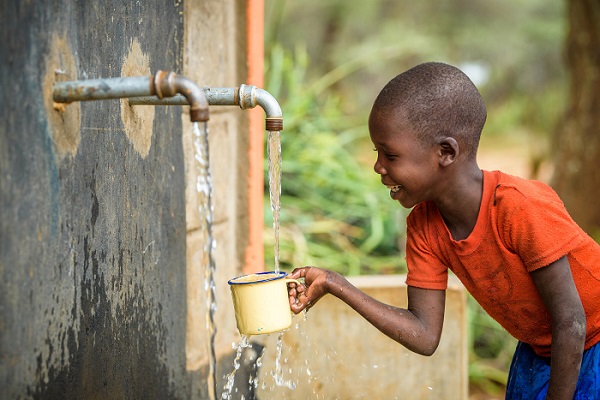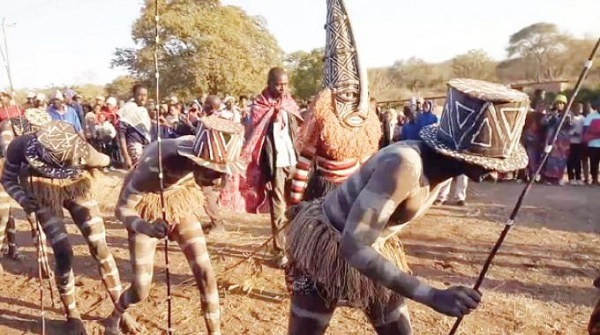by SAAD MUSE
MOGADISHU – OVER 300,000 people in Somalia have lost access to safe drinking water after severe funding cuts forced aid agencies to shut down critical water and sanitation services, raising fears of a worsening health crisis.
The Norwegian Refugee Council (NRC) warned on Monday that collapsing water, sanitation, and hygiene (WASH) systems are driving a surge in preventable diseases, including cholera and acute watery diarrhoea (AWD), particularly among children under five.
“Scaling down the humanitarian response in Somalia does not mean fewer people need aid; it means more than three million Somalis will be left to fend for themselves,” said Mohamed Abdi, NRC’s Country Director in Somalia. “These cuts are costing lives. We are already seeing a deadly rise in waterborne diseases.”
According to the World Health Organization, Somalia has recorded more than 6,550 cases of cholera and AWD since January, including nine deaths. Over 1,000 new cases were reported in July alone, nearly two-thirds of them severe. Half of the patients were children under five.
The outbreak comes amid drastic reductions in humanitarian operations. More than 150 health facilities have closed, while in Southwest State mobile health teams have been slashed from 74 to 25, leaving large communities without access to treatment.
Families like that of Hawa Ali, a displaced mother of eight in Baidoa, are bearing the brunt of the crisis. “Before, we could fetch water from a nearby water point. Now, we walk for hours looking for water, and sometimes there is no water at all. Our children fall sick, and there is nothing we can do,” she told NRC.
At the start of 2025, the UN appealed for \$1.42 billion to assist 4.6 million people in Somalia, but only 17 percent of that target has been met. With just 12 percent of water and sanitation needs funded, aid agencies have cut their reach by more than 70 percent, now aiming to support 1.3 million people at a cost of \$367 million.
The water shortages are hitting displaced families and rural host communities hardest, particularly in Bay, Bakool, Gedo, Galgaduud, Hiraan, Mudug, and Lower Shabelle. In many areas, humanitarian-run water points have dried up. In drought-hit regions, prices for water have nearly doubled to \$130 for 10,000 litres, far beyond the reach of most families.
Authorities in Puntland estimate that 800,000 people are now without water, while Somaliland declared a drought emergency in July, with 650,000 people in urgent need of assistance.
“Somalia is being pushed to the brink by the combined impact of relentless conflict, climate extremes, and a sharp drop in international support,” Abdi said. “This is a man-made disaster that can still be prevented.”
– CAJ News




